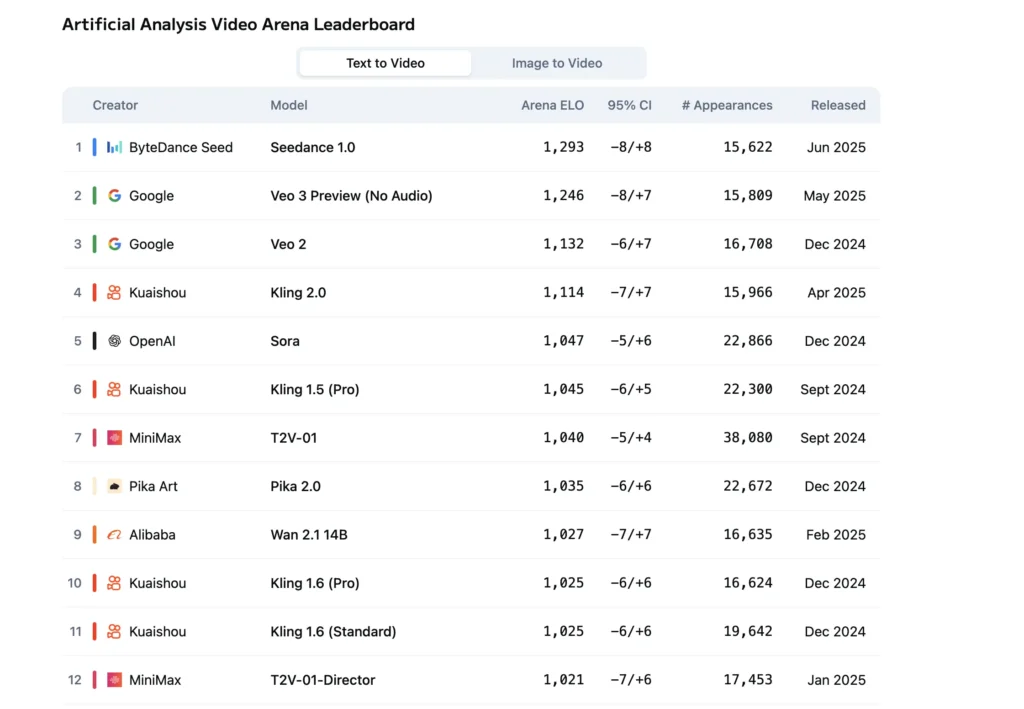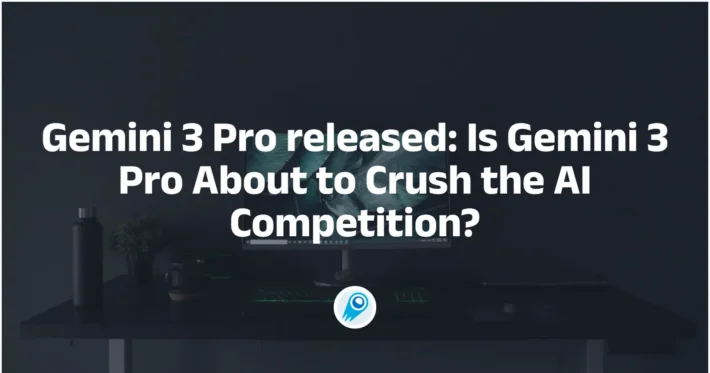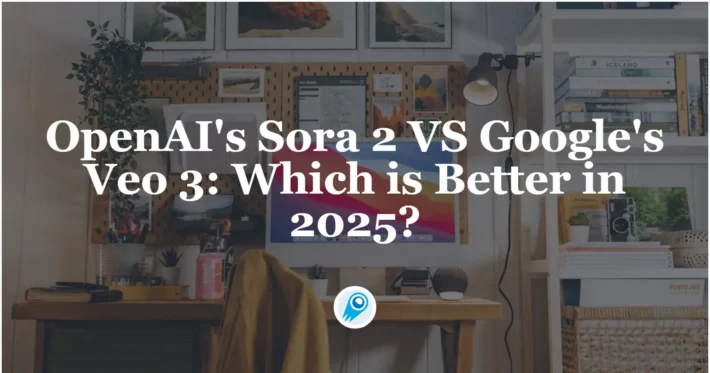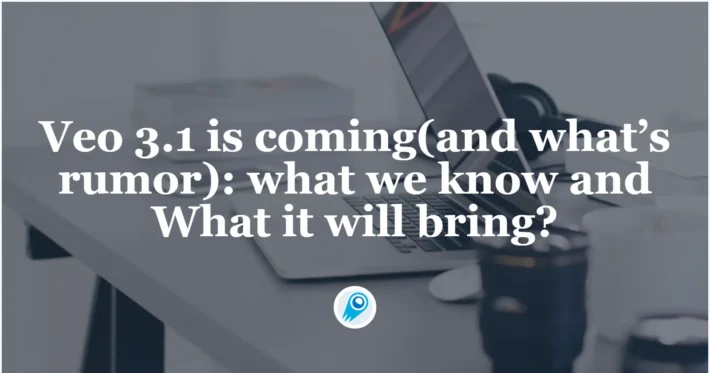Seedance 1.0 VS Google Veo 3: Which one should You choose?

Seedance 1.0 and Google Veo 3 represent two of the most advanced video generation models available today, each pushing the boundaries of what neural networks can achieve in transforming text or images into dynamic, cinematic experiences. Developed by ByteDance’s Volcano Engine (formerly known as Toutiao’s engine) and Google DeepMind respectively, these models cater to a rapidly expanding market for AI-powered content creation. In this article, we delve into their technical innovations, benchmark performance, real‑world applications, and overall value proposition to determine whether Seedance 1.0 truly outperforms Google Veo 3.
What are the core innovations of Seedance 1.0?
Seedance 1.0 was unveiled at the FORCE conference on June 11, 2025. Designed as an industrial‑grade video foundation model, it introduces several breakthroughs in multi‑source learning, architecture efficiency, and narrative coherence.
Multi‑shot narrative capability
Seedance 1.0 natively supports the generation of multi‑shot videos—typically 2–3 cohesive camera cuts within a 10 second clip—allowing for far more complex storytelling than single‑shot systems. Through a novel shot‑segmentation mechanism and inter‑shot consistency constraints, the model orchestrates smooth transitions between distant, medium, and close‑up views without sacrificing visual stability or temporal coherence.
Architecture and cost optimization
At its core, Seedance integrates a two‑stage diffusion framework augmented by multi‑dimensional reward reinforcement learning (RLHF). The first stage lays down coarse spatiotemporal structure, while the second refines details and enforces prompt adherence. Coupled with an aggressive multi‑stage distillation pipeline, the model achieves up to a 10× speedup on NVIDIA L20 hardware, it can generate a 5‑second, 1080p clip in approximately 41 seconds for just \$0.50 USD (≈ 3.67 RMB), making it one of the fastest and most cost‑effective options on the market.
Quality and realism metrics
Independent benchmarks on Artificial Analysis place Seedance 1.0 at the top of both “text‑to‑video” and “image‑to‑video” tracks, surpassing competitors including Google Veo 3 and OpenAI Sora. Evaluators note Seedance’s superior spatiotemporal fluidity, structural stability, and fidelity to complex textual instructions, particularly in motion‑intensive scenes like crowd movements or dynamic camera pan.
How does Google Veo 3 stack up in video generation?
Google’s Veo 3—released on July 3, 2025—is the latest iteration of its video synthesis line, tightly integrated with both the Gemini and Vertex AI platforms. It brings native audio support to the table and emphasizes user accessibility.
Text‑to‑video synthesis
Veo 3 employs a latent diffusion approach optimized for text prompts, enabling users to input descriptive instructions and receive 720–1080p MP4 clips of up to eight seconds. Its architecture builds on advances from Veo 2 but re‑engineers the transformer blocks for improved prompt adherence and diverse motion generation .
Audio integration
One standout feature of Veo 3 is its built‑in audio synthesis: users can specify background music, ambient noise, or dialogue, and the model synchronously generates a matching soundtrack. This “video meets audio” design offers a one‑stop solution for short‑form storytelling, distinguishing it from competitors that output silent visuals.
Accessibility and pricing
Unlike Seedance, which currently powers enterprise‑grade tools (e.g., Volcano Engine’s Dreamina AI), Veo 3 is available to Google AI Pro subscribers ($19.99/month) and Ultra subscribers ($249.99/month), with usage capped at three eight‑second videos per day for Pro users and higher limits for Ultra. The global rollout spans over 150 countries via Gemini’s web and imminent mobile apps .
Does Seedance 1.0 outperform Google Veo 3 in key benchmarks?
Both models have claimed state‑of‑the‑art results, but direct comparisons hinge on standardized evaluations and real‑world deployment metrics.
Artificial Analysis leaderboard
In the June 2025 Artificial Analysis rankings, Seedance 1.0 topped both text‑to‑video and image‑to‑video categories with a significant margin over Veo 3. Reviewers highlighted Seedance’s ability to maintain consistent character representations across multiple shots and its near‑perfect prompt fidelity in complex scenes .

Real‑world performance and speed
Independent tests on cloud GPUs reveal that Veo 3 generates eight‑second 720p clips in approximately 25 seconds, whereas Seedance 1.0 requires around 41 seconds for a five‑second 1080p output. While Veo 3 is faster per second of video, Seedance offers higher resolution and multi‑shot coherence. Both models leverage model distillation, but Seedance’s additional RLHF tuning translates to more reliable prompt adherence in demanding scenarios .
Safety and governance
Google has engaged in extensive “red teaming” to mitigate misuse of Veo 3, implementing content filters and watermarking mechanisms. Seedance’s safety report is less public but indicates ongoing work on fine‑grained policy enforcement and misuse detection to prevent deepfake proliferation. At present, Veo 3’s transparent governance framework gives it an edge in regulated environments .
What are the pricing and cost implications?
Seedance 1.0 token‐based billing
Seedance charges per million input tokens, meaning that prompt complexity and length have a direct impact on cost. For simple, concise prompts (e.g., “sunset over ocean with gentle waves”), costs can fall below \$0.10 USD per 5‑second clip, making Seedance attractive for developers who optimize token usage.
Benefits:
- High‐volume deployments: Platforms automating thousands of videos can leverage bulk token purchases at discounted rates.
- Scripted enterprise content: Detailed prompts reused across multiple clips can amortize initial token costs.
Limitations:
- One‐off creators: Individuals unfamiliar with prompt engineering may unintentionally incur higher costs with verbose prompts.
- Fixed‐budget projects: Marketing teams needing strict cost predictability may prefer output‑based billing.
Veo 3 output‑based pricing
Google’s model charges per second of generated video (e.g., \$0.20 USD/sec), offering transparent and straightforward budgeting. For an 8‑second clip, the maximal cost is capped, preventing budget overruns regardless of prompt complexity .
Benefits of output billing
- Predictable expenses: Easy to forecast total costs based on planned video length.
- Simplicity for novices: No need to learn token accounting; focus remains on creative goals.
Limitations of output billing
- Less incentive for brevity: Users might omit brevity in prompts, risking less precise outputs without impacting cost.
- Scaling costs: High‑resolution, longer videos can become expensive for massive campaigns.
Getting Started
CometAPI provides a unified REST interface that aggregates hundreds of AI models—including ChatGPT family—under a consistent endpoint, with built-in API-key management, usage quotas, and billing dashboards. Instead of juggling multiple vendor URLs and credentials.
Developers can access Seedance 1.0 Pro , Seedance 1.0 Lite and Veo 3 through CometAPI, the latest models version listed are as of the article’s publication date. To begin, explore the model’s capabilities in the Playground and consult the API guide for detailed instructions. Before accessing, please make sure you have logged in to CometAPI and obtained the API key. CometAPI offer a price far lower than the official price to help you integrate.
In summary, Seedance 1.0 and Google Veo 3 exemplify the next wave of AI‑powered video creation, each with distinct strengths. Seedance 1.0 leads in cinematic quality, multi‑shot storytelling, and benchmark supremacy, while Veo 3 excels in integrated audio, accessibility, and governance. For enterprises and creators seeking unparalleled narrative depth, Seedance 1.0 is the premier choice; for those prioritizing ease of use, rapid prototyping, and cost‑effective sound‑synced clips, Google Veo 3 delivers exceptional value. As both platforms continue to evolve, the true winner will be the broader creative community empowered by these transformative tools.



